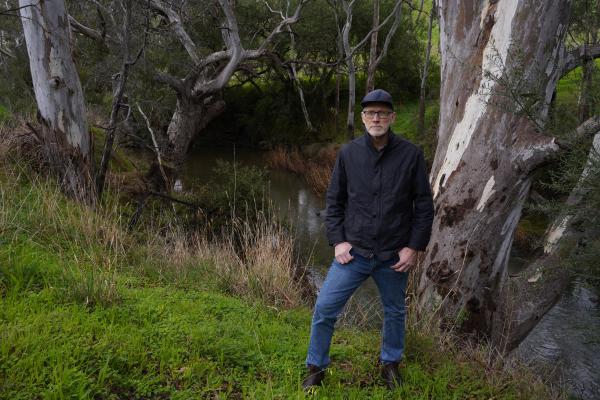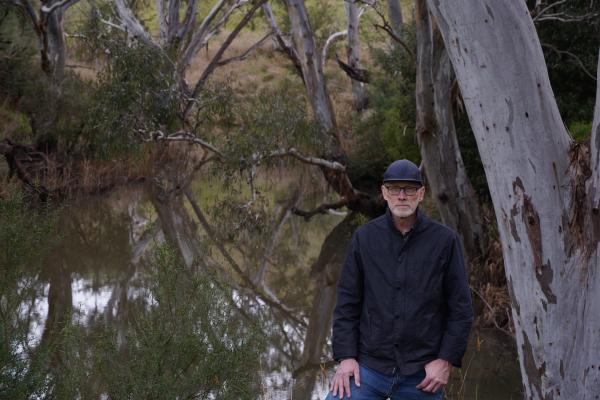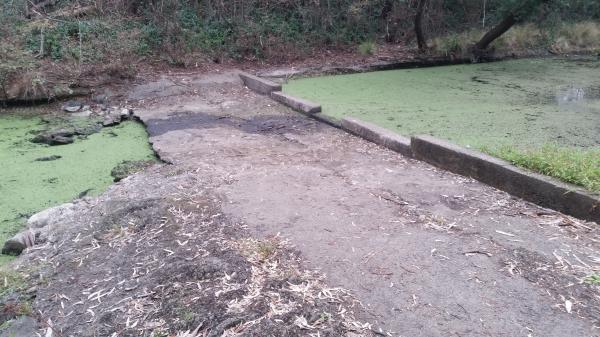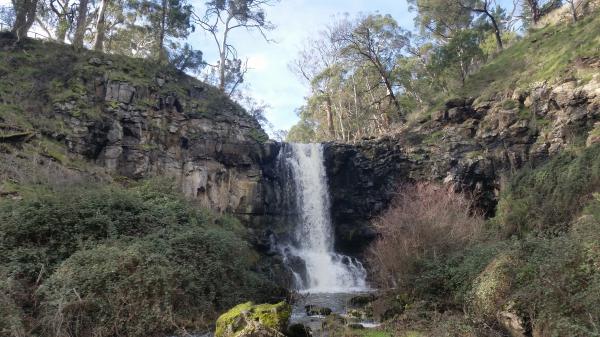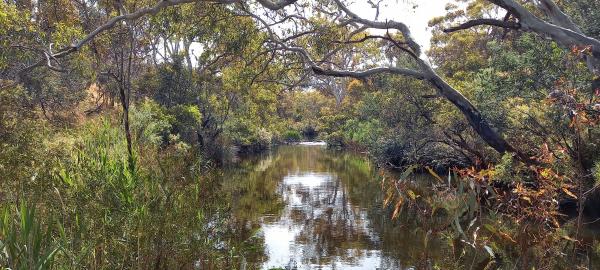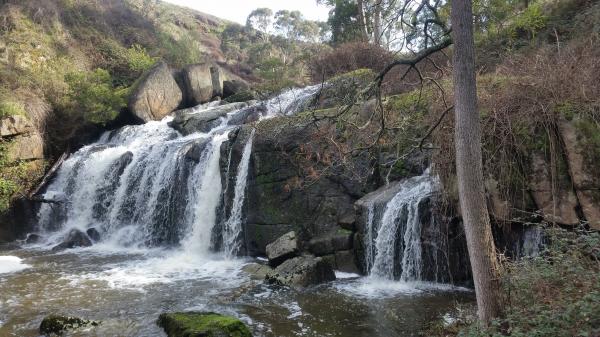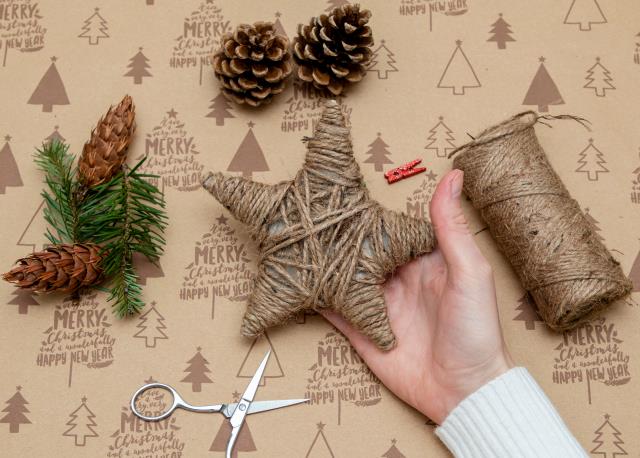Cameron Steele has a stark warning about the fate of the once impressive Moorabool River – act now or watch it die.
The People for A Living Moorabool (PALM) co-ordinator has spent years watching the river become drier and drier, precious water flow extracted and diverted before it completes its natural journey from the highlands near Ballan to join the Barwon River near Geelong.
By the time the Lal Lal, Moorabool and Bostock reservoirs take their cut there is very little left for the dwindling natural habitat along the riverway.
Mr Steele said it has now reached the point where the Moorabool barely even makes it to its junction with the Barwon River.
“It’s Victoria’s most flow-stressed river – about 90 per cent of the Moorabool’s natural flow is now taken for human use, primarily for Ballarat and Geelong,” he said.
Much of the change has occurred before Mr Steele’s eyes. He has seen the health of the river deteriorate over the years, particularly since the late 1990s.
“My wife when I was courting her lived in a little place called Russells Bridge near Bannockburn,” he said.
“During the millennium drought we actually saw the river decline dramatically.
It wasn’t something we’d ever experienced in all our times using the river, we were walking kilometre after kilometre of dry river bed.”
The decline was the catalyst for the formation of PALM, which has since campaigned for more environmental water flows to be returned to the Moorabool.
Mr Steele said that despite the heavy pressure on the river’s health, the Moorabool still flows through wonderful gorges and valleys.
“Some sections contain iconic Australian wildlife, such as the platypus and rakali, as well as beautiful riverside bushland,” he said.
“However, unless the Moorabool gets more water to restore its health, the river will continue to deteriorate and completely die.”
Mr Steele hasn’t given up hope and knows the river and the wildlife that depends upon it could still be brought back closer to its former glory.
“We’re calling on the Victorian government to give back 20,000 megalitres per year,” he said.
The campaign includes the creation of a new film, The River Moorabool, which has been screening in communities affected by the river’s degradation.
A collaboration between People for A living Moorabool and She Oaks Films, the film has been timed to coincide with the release of the draft review of the state government’s Gippsland and Central Region Water Strategy.
Moorabool River farmer and PALM supporter Ian Penna, who was part of the production team, said the film documents the best and worst of the river and explores how it can be restored.
“We have watched the river deteriorate because of lower flows,” he said.
“Scientific research from 2005 shows the Moorabool needs a minimum increase in its environmental flow of 20,000 megalitres a year if it is to have a healthy future – this is now only about 5000 megalitres.”
Restoration options include smarter management of farm and government dams to reduce water loss and waste, Mr Penna said, plus increased urban use of recycled water, waste water, and desalination.
Mr Steele said Victoria is facing its last chance to secure a long-term future for the Moorabool River and its wildlife.
“After seeing our film, we want citizens using the river and drinking its water to tell the Victorian government to give the Moorabool River the regular big drinks it deserves,” he said.
“We’re seeing increased periods of low flow to no flow, we feel the trajectory of the river is still on a spiral – what’s facing the river now is that it is dying and there’s no real way around that.”
“The River Moorabool” will screen via BacchChat with a discussion to follow at Lerderderg Library in Bacchus Marsh from 10am to noon Saturday, August 7.
Bookings via eventbrite.com.au

